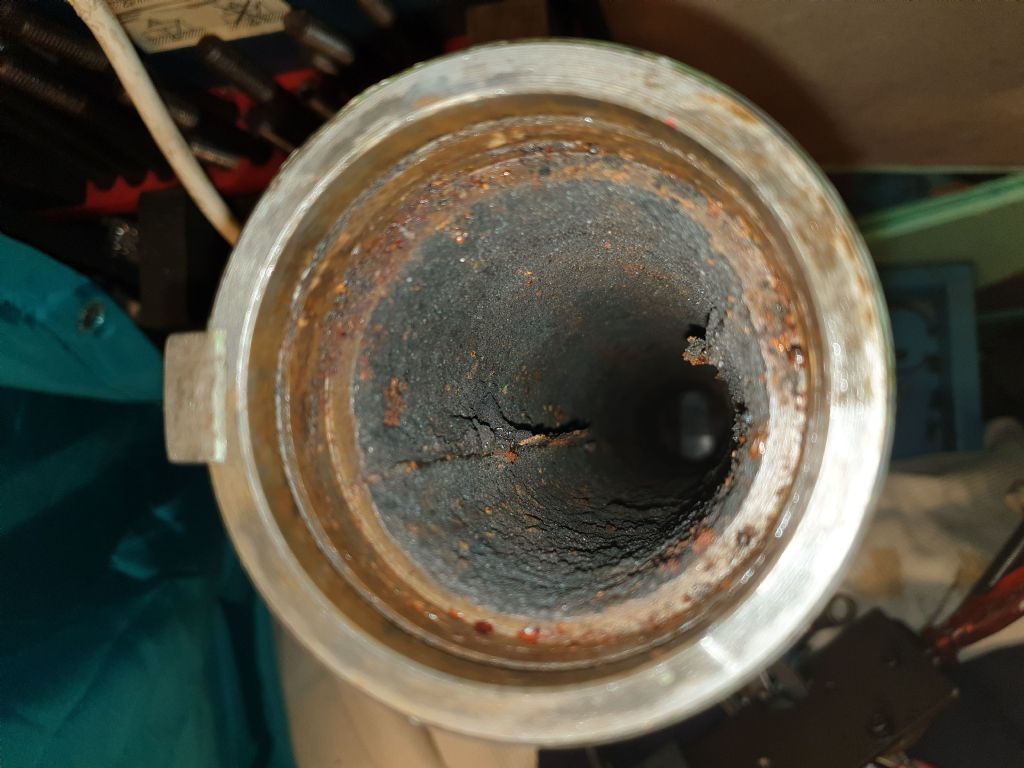If you have a problem with a resonance occurring in the running range, it needs to be tuned out, ie changed.
It can be tuned to a frequency below that of the running range, or above it.
To tune the resonant frequency upwards, the stiffness needs to be increased. Bracing, or thickening the column may go some way towards this. Although thickening may well increase the mass and have the opposite effect.
To lower it, the stiffness needs to be decreased, or the mass increased.
If you have a STRONG bench, pour molten lead into the column of your machine?
High frequencies can be absorbed , as in straight through silencers for motor cars. Low frequencies have to be lowered by increasing mass, or softening the suspension, such as low Shore hardness rubber mounts.
If you have ever seen a system when the exciting frequency approaches, passes through, and then retreats from the resonant frequency, you realise that the dynamic magnifier graph has a very sharp spike. 50 rpm either way and all will be quiet, but at the resonant frequency the amplitude of vibration increases at an almost incredible rate.
Nature gives nothing away, there is always a price, of some sort, to pay. Beware of what you wish for!
Howard
ega.





